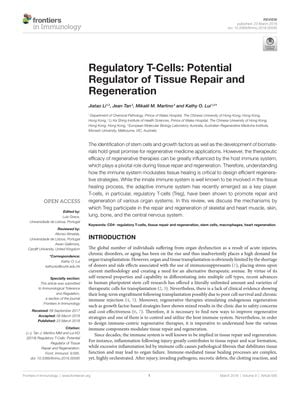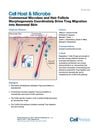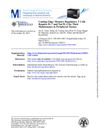Regulatory T-Cells: Potential Regulator of Tissue Repair and Regeneration
March 2018
in “
Frontiers in Immunology
”
regulatory T-cells Treg tissue repair regeneration immune responses tissue-resident stem cells skin hair follicles macrophages inflammatory responses tissue healing growth factors Amphiregulin Jag1-Notch signaling pathway hair follicle regeneration Tregs immune system stem cells inflammation healing Notch signaling hair growth

TLDR Regulatory T-cells are important for healing and regenerating tissues in various organs by controlling immune responses and aiding stem cells.
The document from March 23, 2018, reviewed the role of regulatory T-cells (Treg) in tissue repair and regeneration, suggesting that Tregs are crucial in modulating immune responses and directly influencing tissue-resident stem cells for regenerative processes in various organs, including the skin, hair follicles, heart, skeletal muscle, lung, bone, and the central nervous system. Tregs were shown to interact with macrophages, promoting a reparative phenotype and inhibiting inflammatory responses, which is essential for tissue healing. They also express growth factors like Amphiregulin and facilitate hair follicle regeneration through the Jag1-Notch signaling pathway. The document highlighted the importance of Tregs in reducing inflammation and remodeling after myocardial infarction, resolving lung injury, supporting bone regeneration by influencing osteoclast and osteoblast differentiation, and aiding CNS repair by promoting remyelination. However, it also noted the need for further research to fully understand the mechanisms of Treg involvement in tissue repair and the challenges in translating these findings from animal models to human treatments.





